#manuscripts and archives
Explore tagged Tumblr posts
Text

#libraries#librarians#tumblarians#library school#books & libraries#library#special collections#old books#rare manuscripts#library posting#archiving#archives
23K notes
·
View notes
Text

Detail of a painting of a sukkah. Image taken from f. 316v of Forli Siddur. 1383, Italian rite from the The British Library.
476 notes
·
View notes
Text

The destruction of culture is an evident part of genocide. Al-Omari housed centuries old Palestinian manuscripts that convey aspects of the intellectual history of Palestinians. I am not sure of their status. Both literal and metaphorical life is being extinguished by Israel.
#palestine#gaza#i know about the manuscripts because i studied about an archive that houses digital manuscripts from around the world#in case you were wondering how i know about it
2K notes
·
View notes
Text


Biblioteca Domenicana Santa Maria Novella, Florence
438 notes
·
View notes
Text
Next week! Discover Hidden Treasures: New Additions to our Collections of Manuscripts and Rare Books

Part of the opening page of "Epistulae ad familiares," a fifteenth-century Italian manuscript written in Latin, by Marcus Tullius Cicero, c. 1450.
Join us next Thursday, 16 January between 4-6p for our first Third Thursdays at the Library event of the semester!
This event will feature a selection of recent acquisitions that enhance key areas of our collections, including early Western manuscripts, fifteenth-century books (incunables), and the history of medicine and astronomy.
Would love to see you there!
#events#open houses#open house#libraries#archives#special collections#special collections libraries#libraries and archives#special collections and archives#rare books#manuscripts#illuminated manuscripts#acquisitions#new acquisitions
25 notes
·
View notes
Text

First page of the codex Llibre del cor (“The choir’s book”) by Antoni Crispí, year 1536 for la Seu Vella cathedral of Lleida (Ponent, Catalonia).
From Museu de Lleida (Twitter / Instagram).
#arts#música#pintura#lleida#catalunya#books#manuscript#art history#renaissance#1500#16th century#codex#music#history#historical#artifact#booklr#book design#music aesthetic#dark academia#academia aesthetic#europe#dark academic aesthetic#archives
43 notes
·
View notes
Text
Fuck yeah, open education! Here's a series of videos that start from 0, so you can learn about how manuscripts are described and studied.
35 notes
·
View notes
Text
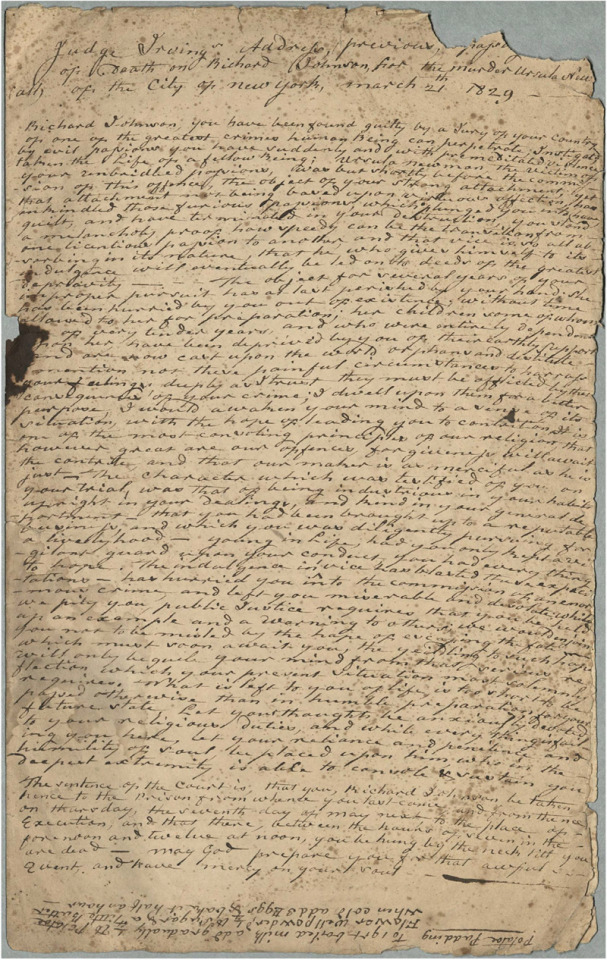
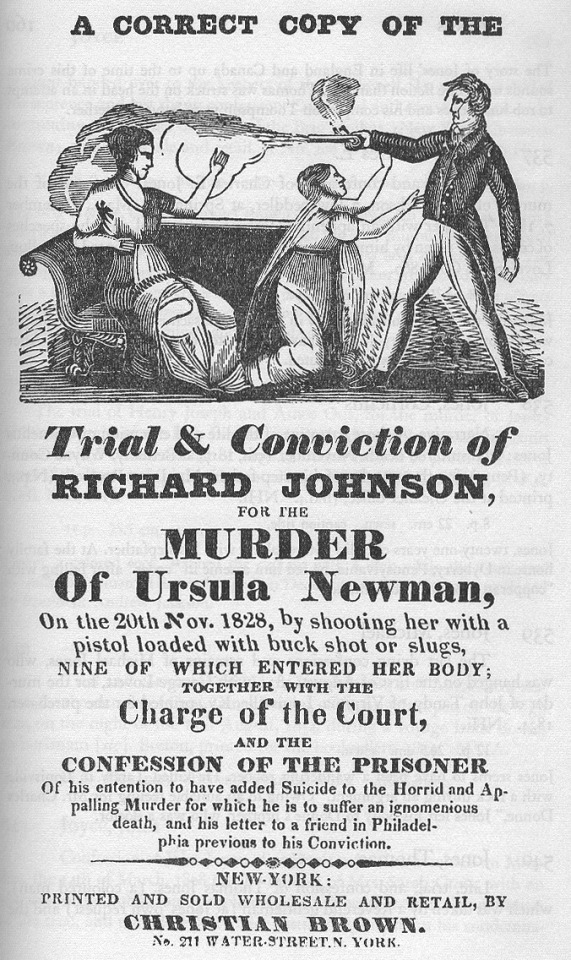

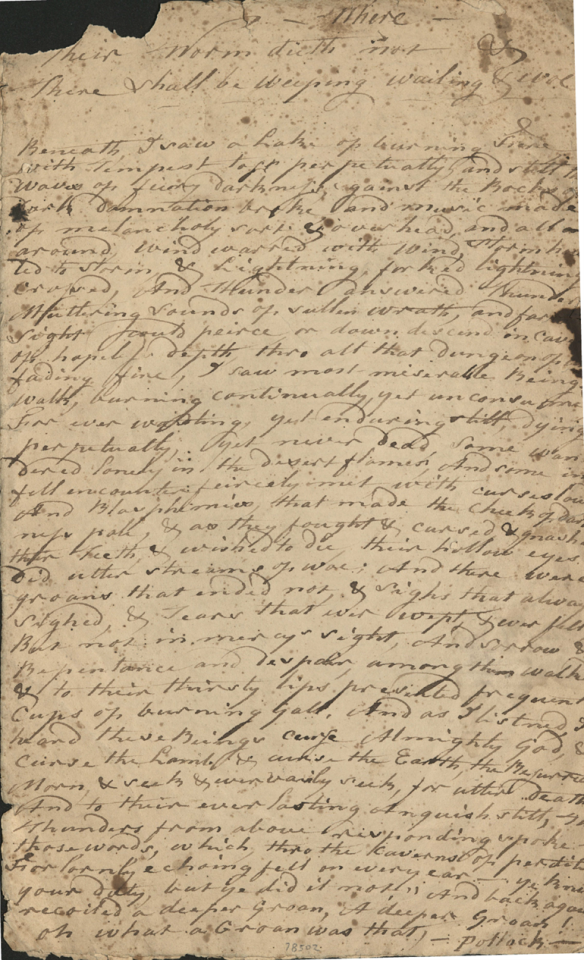
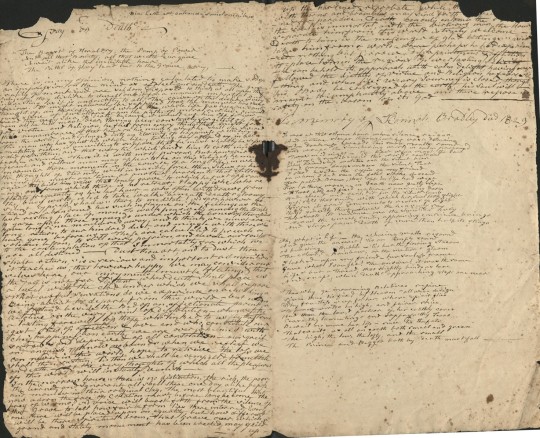
One of the items featured at our open house this week was this manuscript with a copy of the death sentence from an 1828 murder case. Richard Johnson was one of the last two people publicly executed in New York, alongside Catherine Cashiere, on May 9th, 1829.
This manuscript includes a couple extracts: a stanza from Gray's "Elegy Written in a Country Churchyard," paraphrases of Mark 9:48 and Revelation 18:19, and part of Book I of Robert Pollok's The Course of Time, which summarizes the damnation sections of the Book of Revelation.
Probably our favorite part, however, is a recipe for "Potatoe Pudding," scrawled upside down at the bottom of the first page.
The pamphlet image included was found here.
#riesenfeld center#umn#university of minnesota law#university of minnesota law library#rare books#umn law#archives#special collections#law school#manuscript#handwriting#murder trial#execution#recipe
43 notes
·
View notes
Text
OK! So after a conversation with @aew-regression-cove (honestly, who did you think i was going to say at this point? They're practically my best friend) I've been made aware of hyperfixation Bluetooth.
A hyperfixation Bluetooth is when you're so insufferable about a piece of media that you force your friends to consume said media and they also hyperfixation on said media.
Apparently, I bluetoothed my hyperfixation on both outerbanks and top gun to Kit and they bluetoothed their maze runner hyperfixation to me
This begs the question. Have I bluetoothed any of my hyperfixations to you? Here's a few that I've had bluetoothed
The magnus archives by an irl friend
Outer banks by @jjtheresidentbaby
umbrella academy by @jjtheresidentbaby
Maze runner by @aew-regression-cove
Im also well on my way to joining the arcane fandom and doctor who fandom thanks to @angel-pupp
8 notes
·
View notes
Text
had an idea in the shower. what if the books in alethkar were like illuminated manuscripts. you could have womens script with little simple glyph translations above (like when they put old english over latin) and images to help comprehension when theres no one around who can read. maybe they would carve shells of different chitinous animals instead of using ivory (im assuming it would be thicker than like a regular crab shell on certain things like chasmfiends for example). not exactly sure about writing surface they dont talk a lot about like getting hides from certain animals lmfao. you set spheres into fancy covers like they did with gems. maybe if u put certain gems together it becomes a fabrial with a cool extra function. really detailed glyphs with intricate patterns like celtic knots . vorin religious figures.




do u understand the vision
#jordan talks#the stormlight archive#i havent gotten into islamic manuscripts yet in class or i would include those too#these are like. early medieval/carolingian
10 notes
·
View notes
Note
Question!! I’ve been reading Kafka’s letters to Oskar Pollak, but I have been notified that there is only 11 of the 13(?) letters in “Letters to friends, family, and editors”. Where can I find the missing 2 letters? Thank you!! Have a blessed day!
Those letters were purposefully omitted by Max Brod so it's not accessible for the public. Even the letters that we know of are in some way altered. But I think the letters are kept either in national library of Israel or by private collectors.
#i don't remember exactly where the original manuscripts are but im pretty sure its in the library archives#asks
26 notes
·
View notes
Text
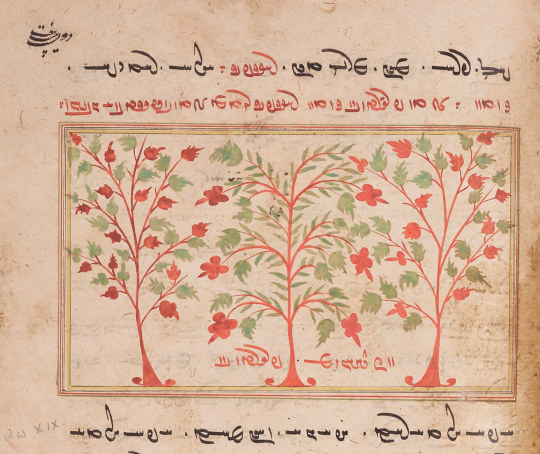
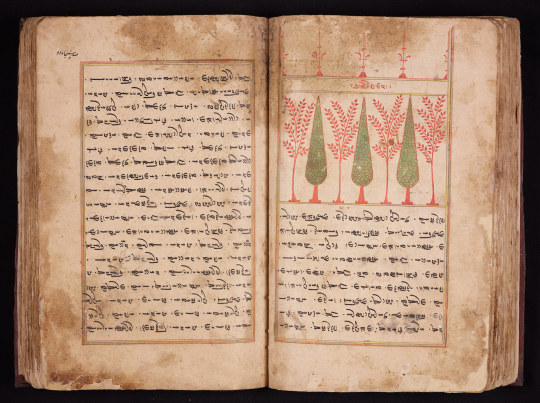
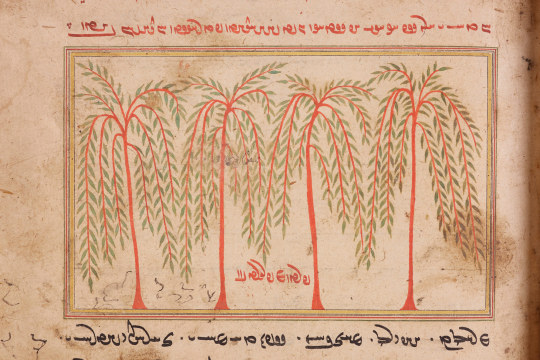
An illustrated Videvdad Sadah
Yazd, Iran; 1647 Copied by Mihrbān son of Anūshīrvān son of Bahrām Shāh Source: The British Library
"Burjorji Ashburner was a successful Bombay merchant, a Freemason, and a member of the Bombay Asiatic Society. He was also a member of the Committee of Management for one of the most important Zoroastrian libraries in Bombay, the Mulla Firuz Library and made a special point of having copies made of some of the rarer items. In April 1864 Burjurji wrote offering some 70 to 80 volumes as a gift to the Royal Society, London, promising to add additional ones:
In the course of antiquarian researches...with special reference to the Parsee religion, I have had the good fortune to obtain some valuable ancient manuscripts in Zend, Pehlui, and Persian. I do not wish to keep to myself what may be useful in the literary world. [1]
His collection consisted of standard Arabic and Persian works in addition to nineteen specifically Zoroastrian manuscripts in Persian, Avestan and Pahlavi. A number of Bujorji’s manuscripts came originally from Iran. The oldest is an illustrated copy of the Videvdad sādah which was copied in Yazd, Iran, in 1647. Whereas Zoroastrian manuscripts are generally unillustrated except for small devices such as verse dividers and occasional diagrams, this one, exceptionally, contains seven coloured drawings of trees, used as chapter headings not unlike Islamic manuscripts of the same period.
The beginning of chapter 19 of the Videvdad sadah in which Zoroaster repels an attempt on his life by the demon Buiti, sent by the evil spirit Angra Mainyu. Note the elongated calligraphic script which is typical of the older manuscripts from Iran."
#zoroastrianism#parsi#parsee#iran#pahlavi#british library#videvdad#yazd#zoroastrian#videvdad sadah#burorji ashburner#Zoroaster#Manuscript#Persian#Religion#religious art#personal archive
63 notes
·
View notes
Text
A very cool mystery solved!
9 notes
·
View notes
Text
The Boasian Trilogy
The American Philosophical Society Library recently sent me and the Chitimacha Tribe high-resolution scans of one of the coolest parts of the archival collection on the Chitimacha language—Morris Swadesh’s draft grammar, dictionary, and text collection.





This set of three resources is called the “Boasian trilogy” or “Boasian trifecta” in documentary linguistics. Franz Boas, the father of modern anthropology, taught his students—who became the first generation of American linguists—that a language could be fully documented by producing a grammatical description, a dictionary, and set of texts/stories in the language (since texts show the grammar and lexicon in use).
Linguists have continued to follow this framework, largely unchanged, for the past century. But while early American linguists were primarily engaged in “salvage linguistics”—documenting a language for the purposes of scientific research before it stopped being spoken—modern linguists tend to document languages with an eye towards producing community-oriented materials designed to help revitalize the language. You can’t really read these older materials without an advanced degree in linguistics, but modern grammars often aim to be more accessible to the communities of speakers who are trying to relearn the language.
That’s what I’m doing with the Chitimacha Tribe as well. Using these archival materials, I’m putting together a pedagogical grammar, dictionary, and collection of stories, which I’m trying to make as accessible as possible. It’s a huge project and it’ll be years before I’m done with all of it, but none of this would have even been possible without the excellent curation of these materials undertaken by the American Philosophical Society Library in Philadelphia.
If you’d like to support the work of the Society and help enable language revitalization for other indigenous communities, check out the link:
#linguistics#language#archives#archiving#manuscripts#anthropology#history#Indigenous#Native#Native American#lingblr#langblr
49 notes
·
View notes
Text

Made a sillay funger oc From termina to be specific, a dark priest coming from the northern isles of Rondon, coming to research the other branches of the dark priests. Starting with dark priest robes, ceremonial dagger and a fur shoulder cape. The fur shoulder cape is strange Chevon seems to ignore any line of questioning about it only stating it is from their partner.
And their moonscorch! The chimera, going from night on day 2 they transform into the chimera, being found in a variety of places. They can be first found on the Church's rafters.

#goat's art arc#fear and hunger oc#chevon the dark priest#gro-goroth would give top surgery change my mind#an eye for removal of these things#knowing my luck i would be a dark priest#on one hand insane amounts of torture#on the otttttheeerrr archival and being able to draw distant slowly increasingly obscure gods??? im there#im like those mediveal monks who doodle in their manuscripts fr fr
7 notes
·
View notes
Text

Another Marbled Monday, lining the boards on Isl. Ms. 382 (copied 1768) a manuscript copy of Tarih-i İzzi (تاريخ عزي) --- official Ottoman history covering the years 1157-1165 (1744-1752) composed by official historiographer Süleymân İzzî (d.1755)
Browse the description and images of the entire manuscript online!
#marbled monday#marbled paper#marbled#marbling#paper marbling#libraries#archives#special collections#special collections libraries#libraries and archives#special collections and archives#islamic arts#islamic manuscripts#ebru#ebrusanatı#ottoman manuscripts#yazmalar#el yazma#yazma eserler#manuscript culture#ottoman culture#ottoman history#ottoman art#ottoman empire#المخطوطات#المخطوطات الاسلامية#المخطوطات العثمانية#آبرو#آبرو باد#ابر و باد
13 notes
·
View notes